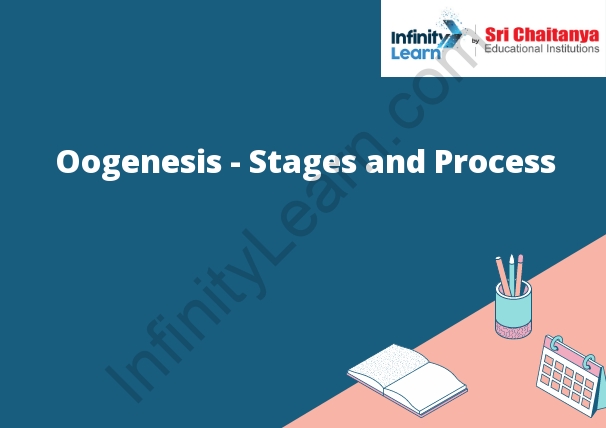Table of Contents
What is Oogenesis?
Oogenesis is the process of producing eggs in the ovaries. Eggs are produced from the ovarian follicles, which are the structures within the ovaries that contain the eggs. The process of oogenesis begins with the development of the ovarian follicles, which starts with the formation of the primordial follicles. The primordial follicles are the earliest stage of follicle development, and they contain a single egg. The primordial follicles then develop into the primary follicles, which contain a few eggs. The primary follicles then develop into the secondary follicles, which contain a large number of eggs. The secondary follicles then develop into the tertiary follicles, which contain the most eggs. The tertiary follicles then develop into the mature follicles, which contain the eggs that are ready to be released.

Process of Oogenesis
Oogenesis is the process of female gamete production in sexually reproducing organisms. Oocytes are the female gametes. The process of oogenesis begins with the mitotic division of a diploid oogonium, which is a precursor cell in the ovary. This produces a primary oocyte and a smaller secondary oocyte. The primary oocyte then undergoes meiosis I, which results in the formation of a first polar body and a secondary oocyte. The secondary oocyte then undergoes meiosis II, which results in the formation of the ovum (egg) and a second polar body.
Ovulation
- Ovulation is the release of a mature egg from the ovary.
- The egg is released from the ovary into the fallopian tube.
- The egg is then available to be fertilized by a sperm.
Fertilization
Fertilization is the process of a spermatozoon merging with an oocyte to form a zygote. The spermatozoon provides the genetic material (DNA) for the new individual, while the oocyte provides the cellular cytoplasm. The process of fertilization is also called conception.
Benefits of Referring to Infinity Learn for Studying Oogenesis
There are many benefits of referring to infinity learn for studying oogenesis. One of the primary benefits is that it can help to improve understanding of the topic. Additionally, it can help to improve comprehension and retention of information. Additionally, it can help to improve problem solving skills and critical thinking skills. Finally, it can help to improve the ability to think in a scientific manner.







